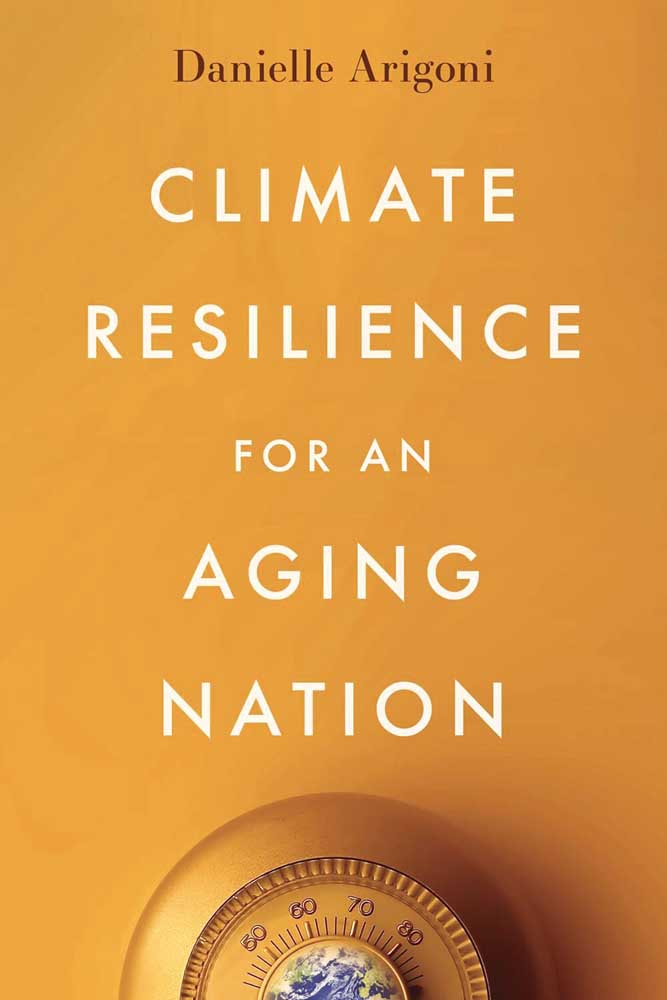Bookmonger: Designing for elders an improvement for all
Published 9:00 am Tuesday, January 23, 2024

- In “Climate Resilience for an Aging Nation,” author Danielle Arigoni draws on work in the field with multiple agencies, most recently at the National Housing Trust.
The Pacific Northwest is not immune from the impacts of climate change, so a new book called “Climate Resilience for an Aging Nation” attracted this reviewer’s attention a while back when the outside thermometer registered below-freezing temperatures for several days straight.
Trending
Danielle Arigoni’s career — at the U.S. Department of Housing and Urban Development, AARP, and now at the National Housing Trust — has focused on resilience issues.
She wrote this book to provide guidance for creating safer communities in the face of climate-related catastrophes that are increasing in number and amplifying in scale.
“Climate Resilience for an Aging Nation,” by Danielle Arigoni
Trending
Island Press — 224 pp — $30
As for Arigoni’s emphasis on aging, she points to a demographic shift in this country — we are about halfway through a 40-year period in which the number of elders in this country is doubling to 80 million. The Baby Boom has become geriatric.
At the beginning of this century, the World Health Organization identified this trend and called for the obligation of policymakers at all levels of government to respond accordingly — by creating environments that enable older people to retain “autonomy, health and dignity.”
AARP worked with the World Health Organization to devise a framework that would turn these ideas into actual programs and services for seniors.
Portland was the first city in the nation to enroll in the resulting Network of Age-Friendly States and Communities, which requires the commitment of elected leaders and stakeholder organizations to collaborate over a multiyear period.
A few years later, Multnomah County followed suit.
The author discusses these two Oregon-based initiatives and other case studies from around the United States. While these approaches were initiated to assist seniors — Arigoni points out that establishing a foundation of civic engagement, reliable energy, housing, transportation, and communications access benefits everyone in the community.
She makes the further argument that cross-sector planning should include emergency preparedness and recovery strategies as well.
2023 was Earth’s hottest year in recorded history, and climate change has been called the greatest public health challenge of the 21st century by a broad swath of public health officials and medical professionals.
In the U.S., extreme heat is now the leading cause of weather-related deaths. Even in the Pacific Northwest, the summer heat waves we experienced in 2021 and 2022 show that we aren’t immune to the phenomenon.
During that 2021 event in Washington state, three-quarters of the people who suffered heat-related deaths were over the age of 65. The statistics on the other side of the Columbia River were only marginally better.
Arigoni points out that older adults are more likely to succumb to heat due to preexisting health conditions, weakened cardiovascular circulation, or even the medications they might be taking.
“Climate Resilience for an Aging Nation” demonstrates that society’s elders — your parents or grandparents, your mentors, or maybe yourself — have become the canaries in the coal mine. If we truly value life, it’s time to call for all hands on deck and start improving the scenario.








